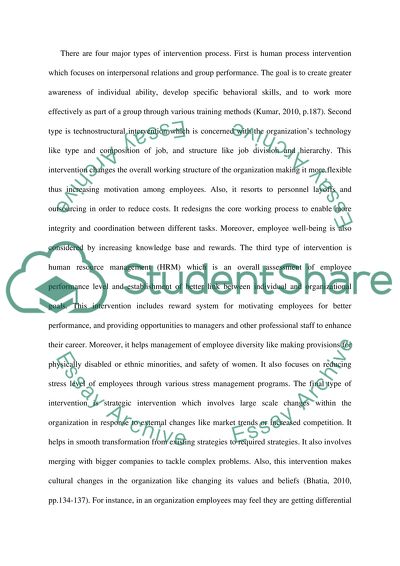Cite this document
(“Organizational Development and change Essay Example | Topics and Well Written Essays - 3000 words”, n.d.)
Organizational Development and change Essay Example | Topics and Well Written Essays - 3000 words. Retrieved from https://studentshare.org/human-resources/1660959-organizational-development-and-change
Organizational Development and change Essay Example | Topics and Well Written Essays - 3000 words. Retrieved from https://studentshare.org/human-resources/1660959-organizational-development-and-change
(Organizational Development and Change Essay Example | Topics and Well Written Essays - 3000 Words)
Organizational Development and Change Essay Example | Topics and Well Written Essays - 3000 Words. https://studentshare.org/human-resources/1660959-organizational-development-and-change.
Organizational Development and Change Essay Example | Topics and Well Written Essays - 3000 Words. https://studentshare.org/human-resources/1660959-organizational-development-and-change.
“Organizational Development and Change Essay Example | Topics and Well Written Essays - 3000 Words”, n.d. https://studentshare.org/human-resources/1660959-organizational-development-and-change.


